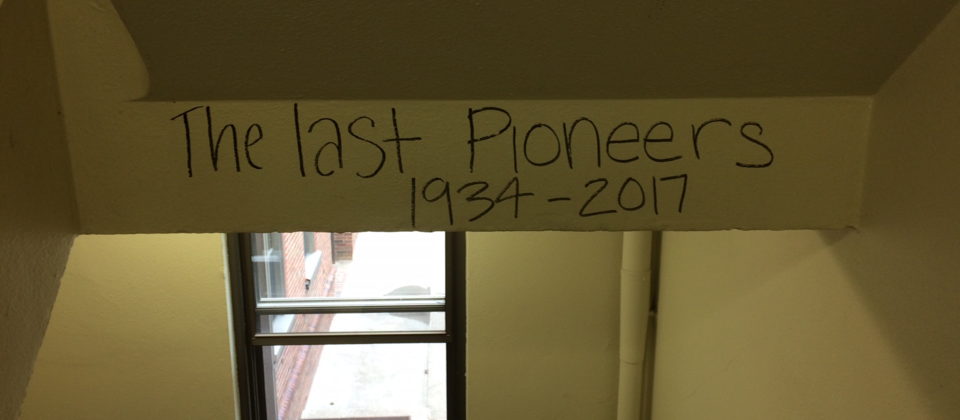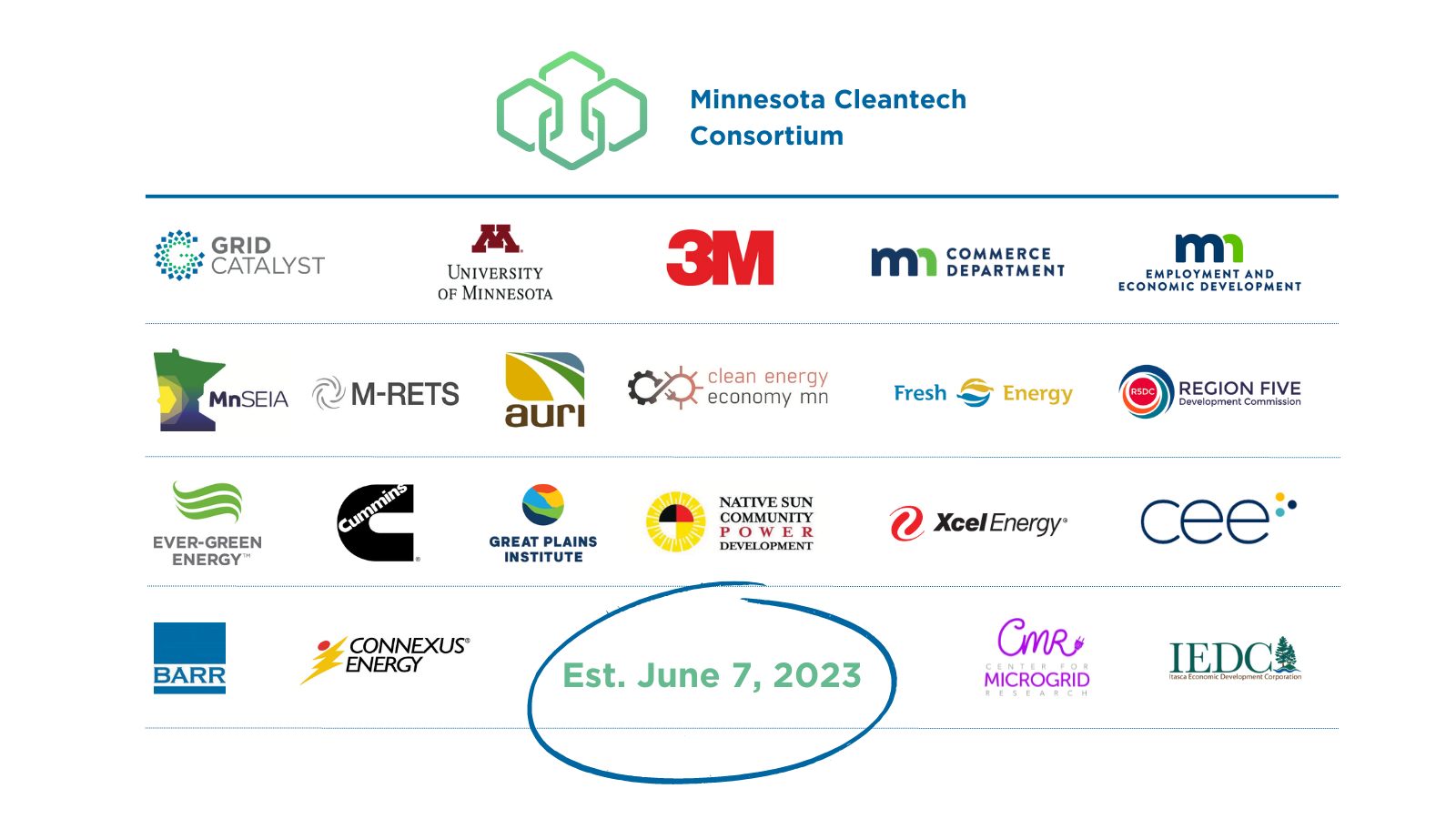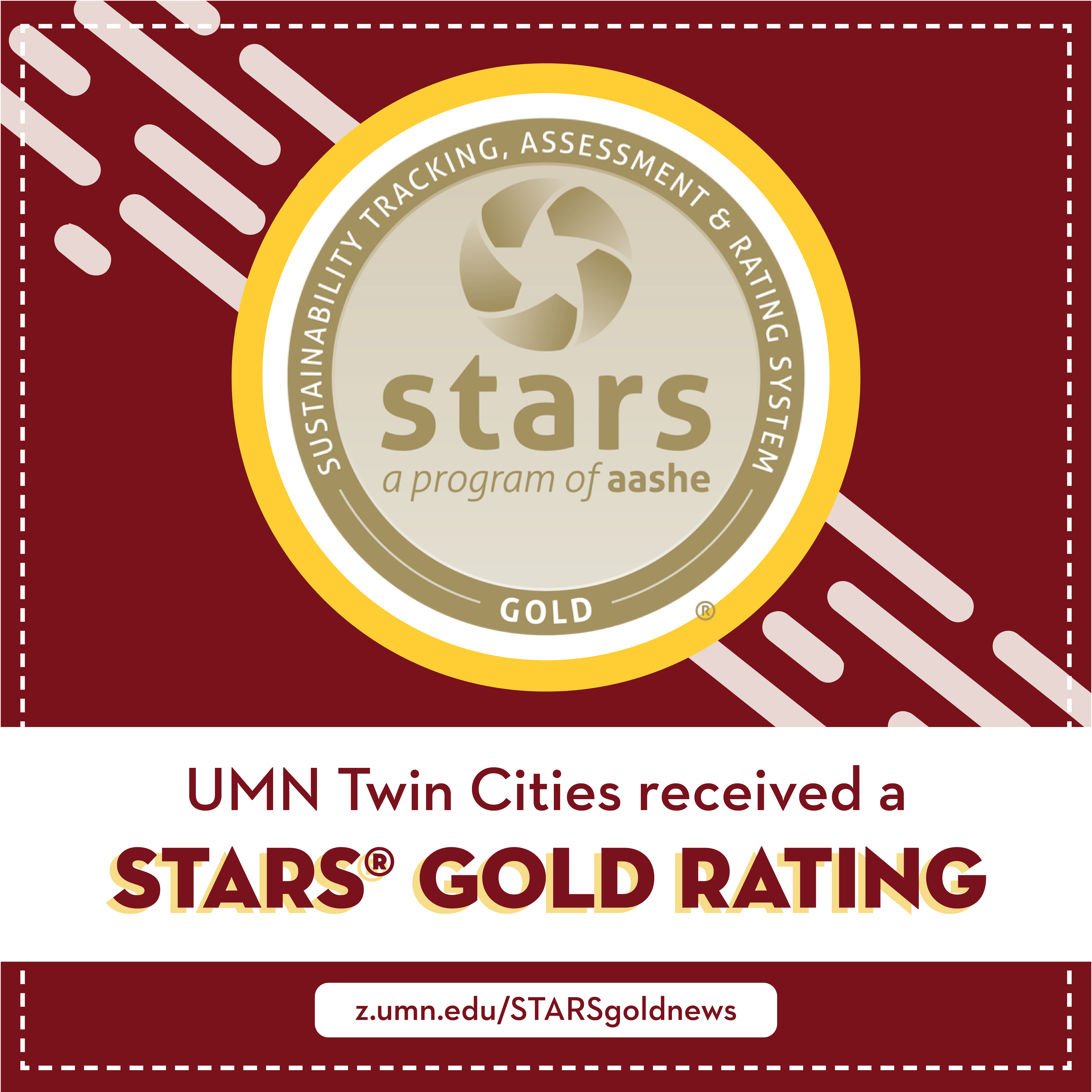
If you’ve been on campus the last two years, it’s likely you’ve witnessed the ever-changing appearance of Pioneer Hall. Renovations that started during the summer of 2017 were recently completed and the newly-improved residence hall was opened to new students this fall.
There were many reasons this renovation took place, including improving building standards of the 88-year old residence hall, increasing the occupancy capacity, and creating a space that students are happy with and want to live in. You can read more about the construction background and progress on these sites:
So how does this project affect the campus beyond revitalizing living space for students? Well, there are many implications when it comes to sustainability. This renovated living facility has created new opportunities in reducing waste and increasing the sustainable practices of the space.
The renovation of Pioneer Hall was a large undertaking for Capital Project Management (CPM), the University Service that approves and monitors the progress of all building projects that occur on campus. CPM worked hand-in-hand with Housing & Residential Life and many other internal and external divisions to ensure that the renovated Pioneer Hall could reach its full sustainable potential. This renovation process not only followed B3 building guidelines, but also strived to create new innovative and sustainable practices in the building.
Some of the most notable sustainable practices being included in the renovated Pioneer Hall include:
- Heat recovery systems in corridors, lounges, and other common areas (heat in the outgoing stale air is used to warm up the fresh air)
- Occupancy sensors in lounges, and other common areas
- Programmable thermostats in residence rooms and apartments
- High solar-gain windows throughout the facility provide “free” heat from the sun
- Daylighting controls at the windows in the dining facility and center floor lounges to automatically turn off the lights when sunlight is sufficient
- Low-flow shower heads
- Energy Star equipment and appliances in the dining facility, laundry room and other applicable areas
- Storm water is captured on-site and piped to the district chilled water (air conditioning) system serving buildings in this district
- Reuse of existing materials from original building such as wood paneling, mailboxes and light fixtures
- Furniture specified from recycled or sustainable materials
- LED lighting from recycled or sustainable materials
- Low or no VOC finishes
- Approximately 47% of the existing building skin and 54% of the original floor plate were retained
These changes to the hall not only improve the infrastructure and expand the occupancy level, but also vastly improve the sustainability of the building (especially the energy efficiency of the space). Sustainable initiatives like this allow for a reduced carbon footprint as well as a reduced energy bill!


